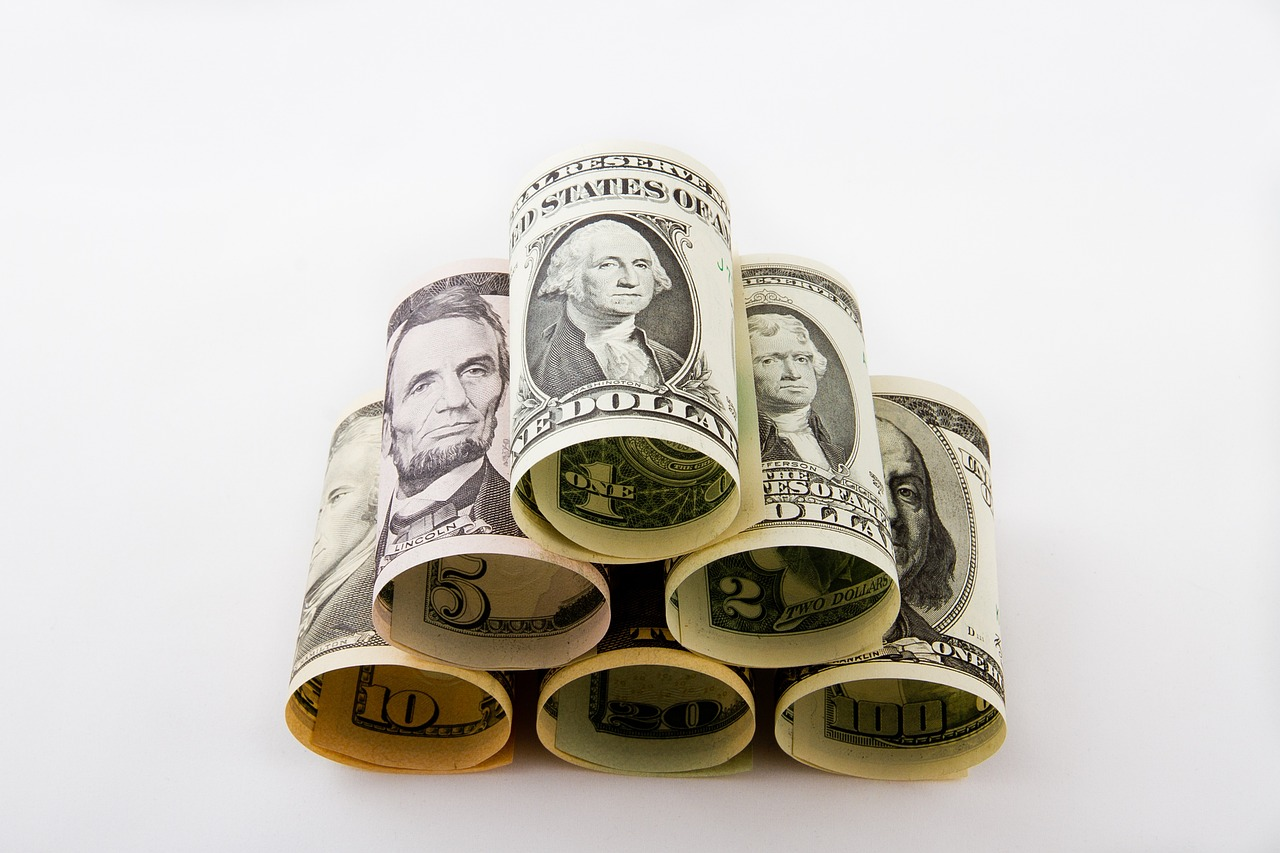The Federal Reserve announced that it would maintain the current interest rates but surprised many with a vote among members that thought there would be two more rate hikes this year. The main reason for the decision is to avoid causing more economic damage to sectors that are already struggling, such as commercial real estate, residential real estate, and smaller regional banks. The Federal Reserve is open to the idea of further interest rate increases later this year, but it will depend on the economy's ability to cope with them during this pause period. Wall Street expressed surprise at the decision not to raise rates given the economic conditions showing signs of degradation with declining GDP growth, which is expected to intensify, potentially leading to a recession later this year.
EQUITY
The Dow Jones closed lower while the S&P 500 and Nasdaq gained on rate pause, although in a jittery trading session. Tech stocks were mostly affected by the Fed's decision, while healthcare stocks declined on concerns of increased costs, although surgery center operators and medical equipment makers rallied. Adobe earnings are coming, and investors are expecting great results from its recent product integration with AI technology, especially the all-powerful photo editing software, Photoshop.
GOLD
Gold prices fell as the Fed paused rate hikes that improved investors' risk appetite. The prospect of higher interest rates dampened the appeal of non-yielding assets like gold, causing traders to remain cautious. The hawkish outlook from the Fed erased expectations of rate cuts and contributed to the metal's stagnant trading range.
OIL
Oil prices dropped further as China's industrial output and retail sales growth fell short of expectations, intensifying concerns about a sluggish recovery. Additionally, rising crude oil stocks in the U.S. and the anticipation of higher borrowing costs by the European Central Bank and the Bank of England added to market concerns about weakened fuel demand.
CURRENCY
The Federal Reserve hinted at two more interest rate hikes this year, while the Japanese yen reached a seven-month low ahead of a Bank of Japan meeting. The widening gap between local and U.S. interest rates led to a flow of funds into the dollar, resulting in rate-sensitive Asian currencies falling significantly. Additionally, the Chinese yuan slipped to a six-month low.














